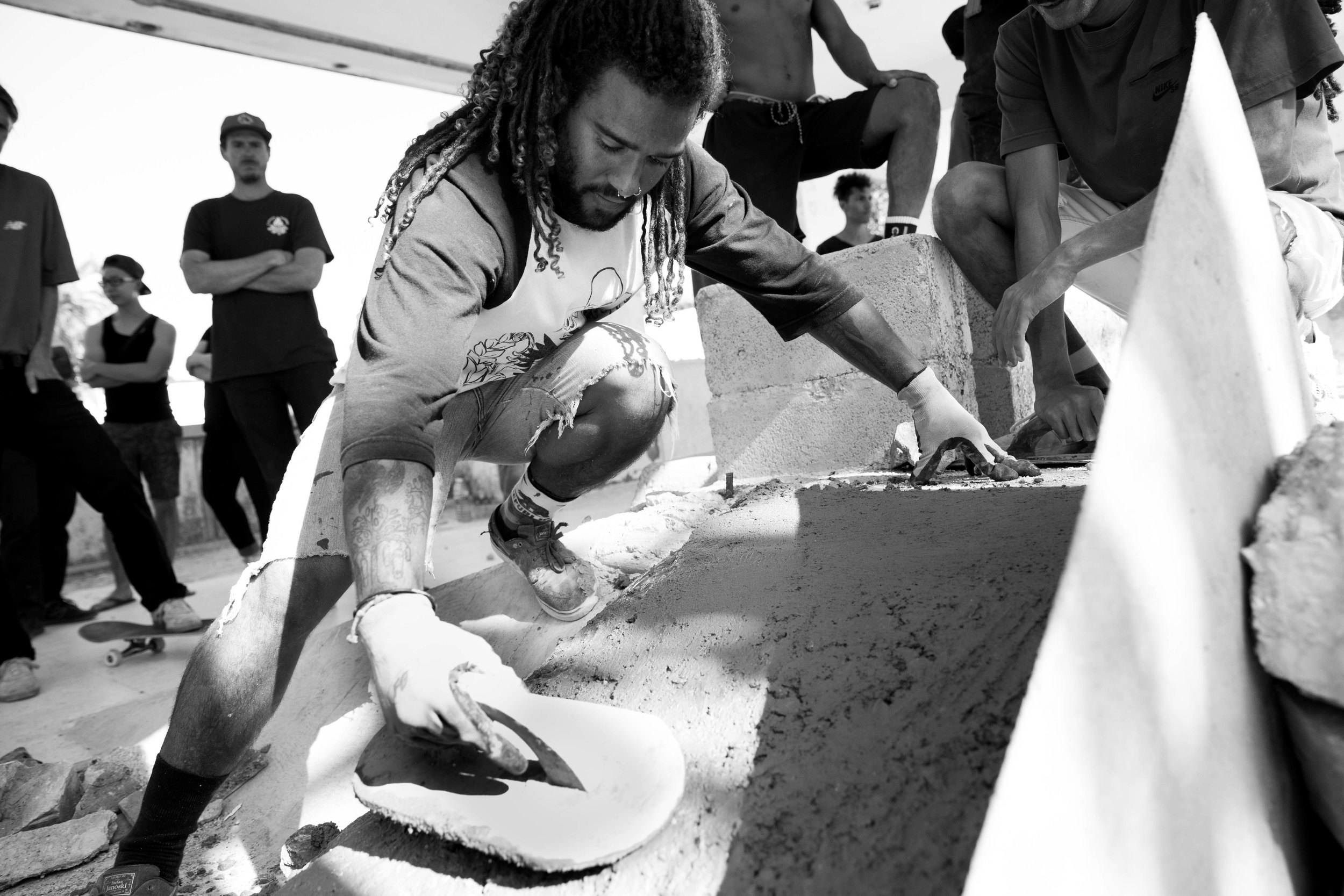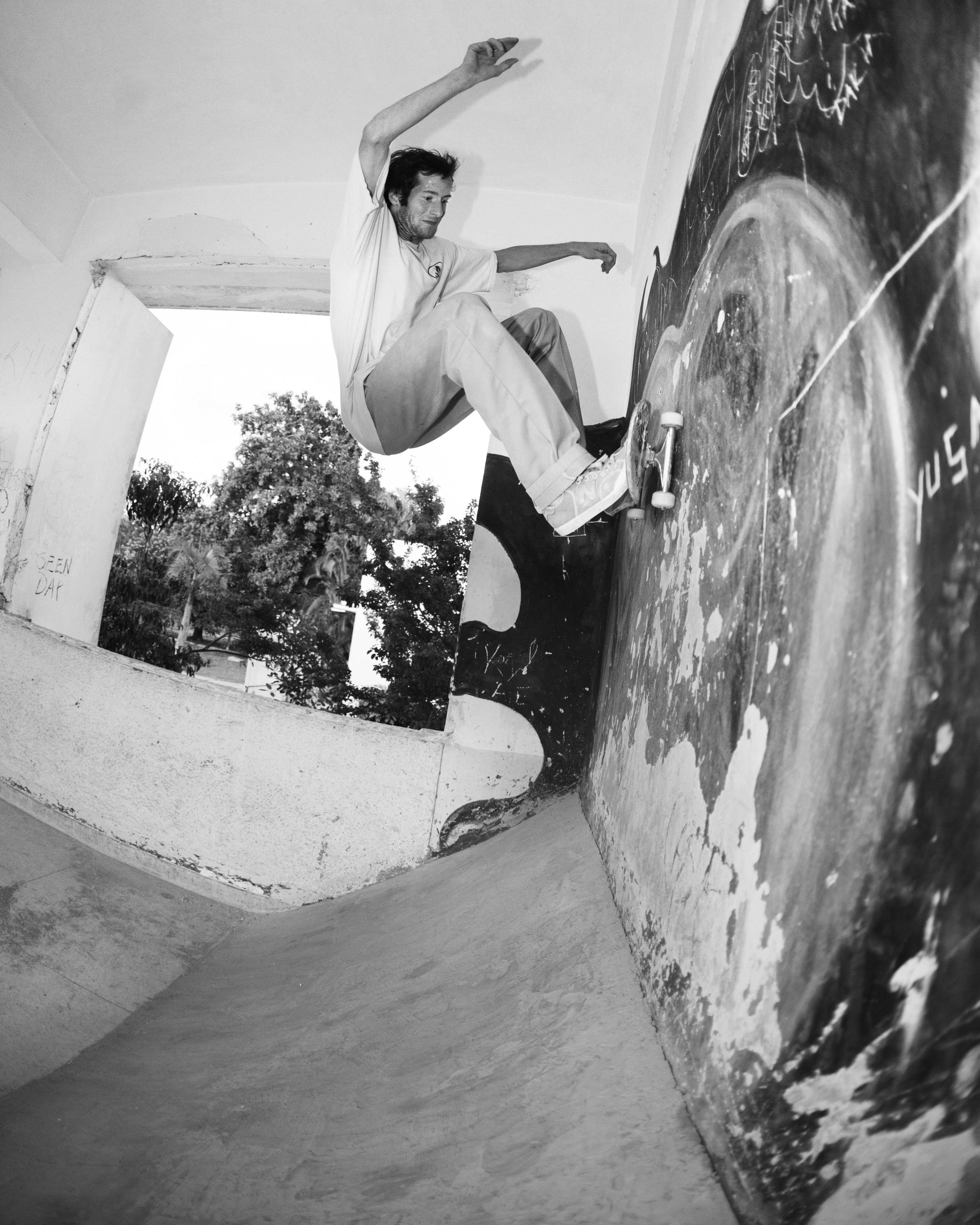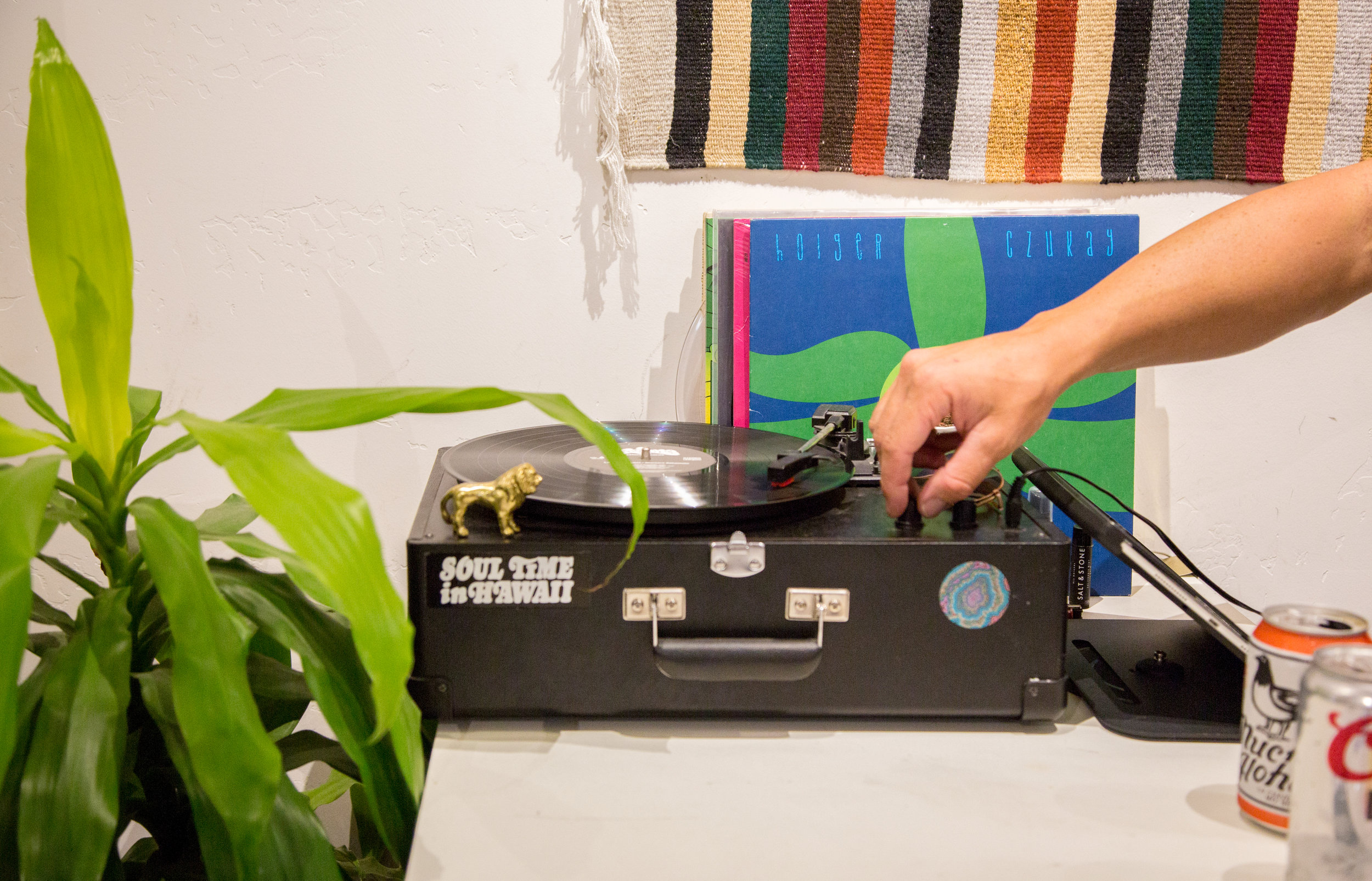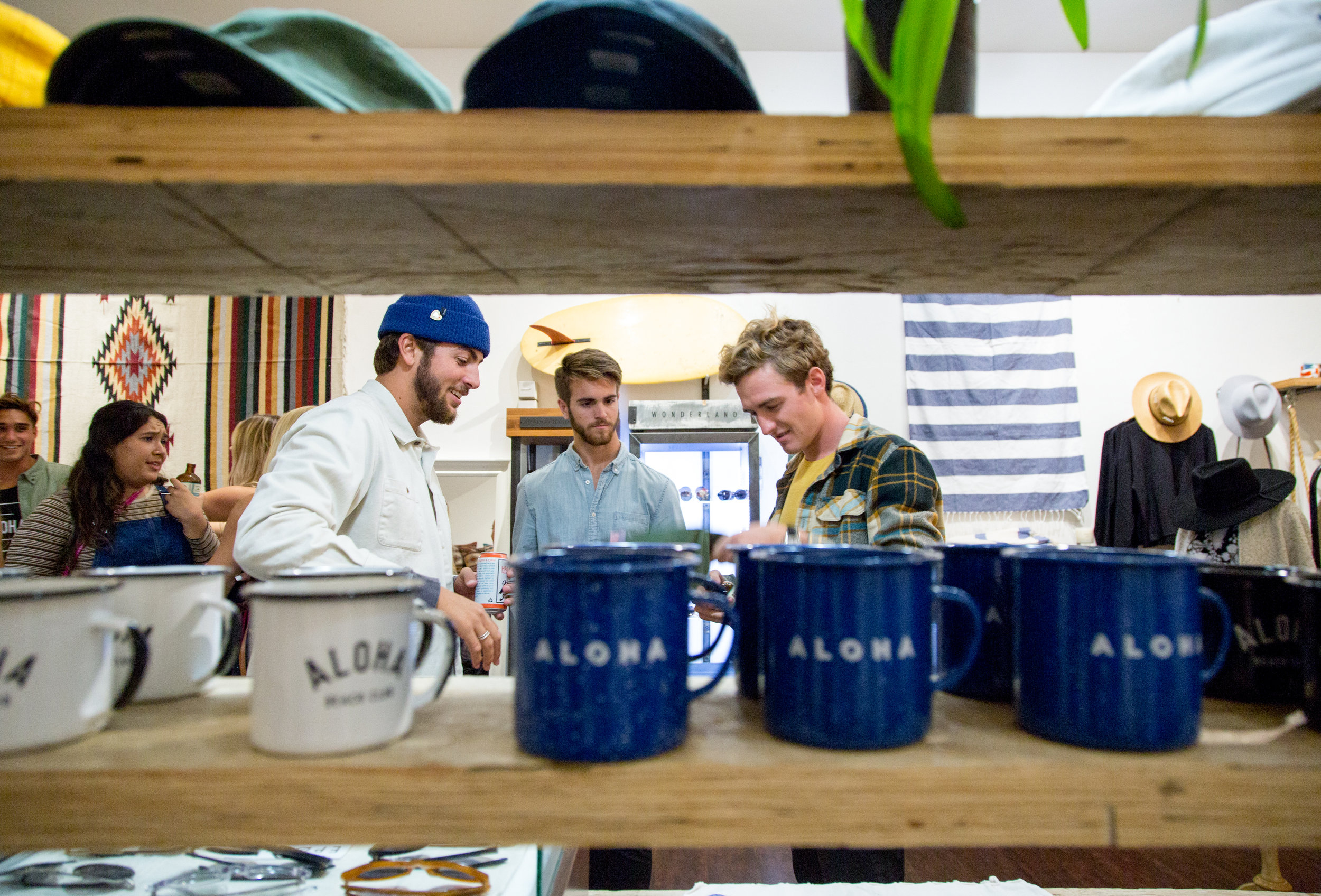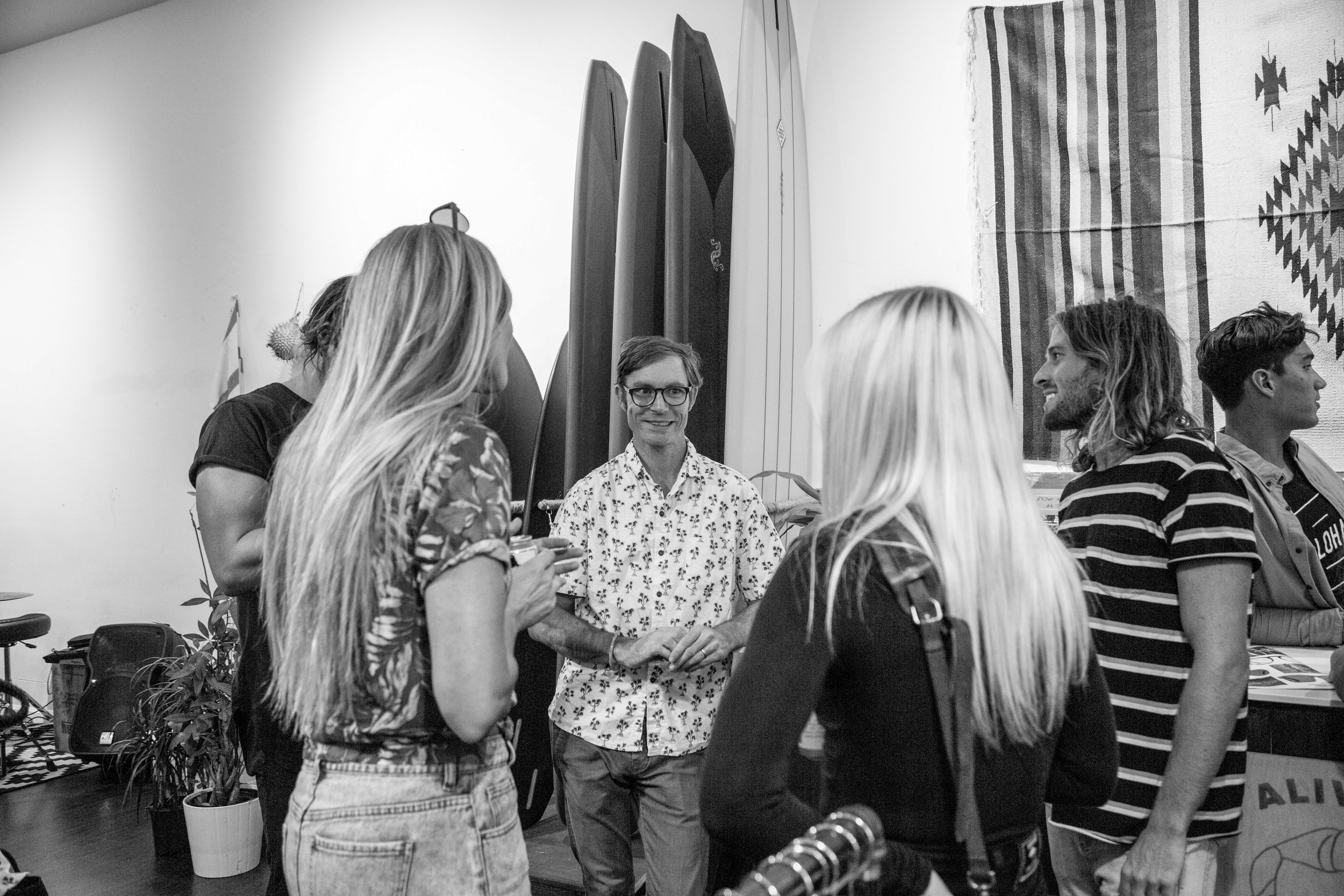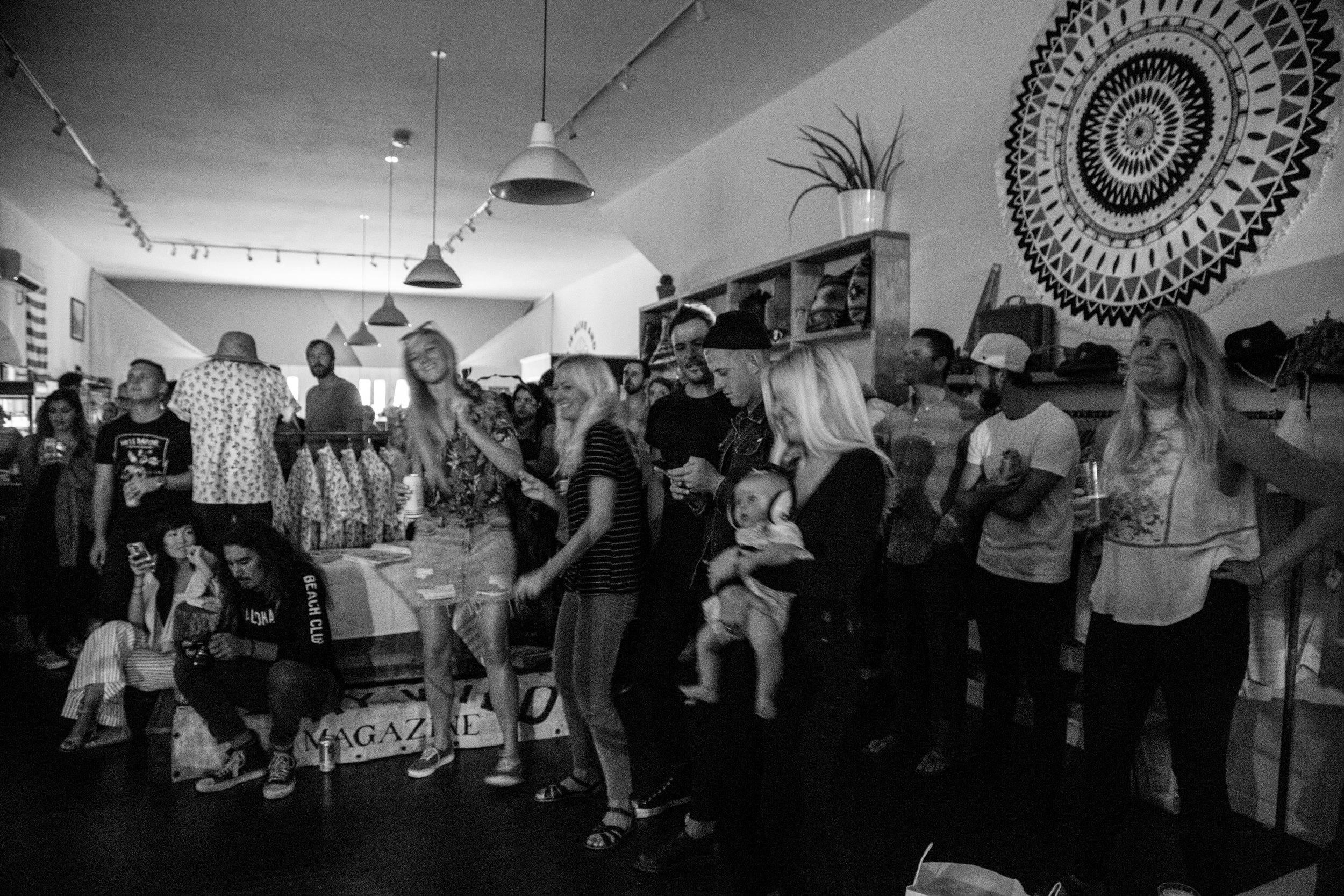Cuban Skate & Sustainability
Stay Wild
Story & Photos by Dylan Christopher // @Dielan
Skateboarding is incredibly popular in Cuba, however the country faces one small problem: they can’t import skateboards.
This last spring the foundation I work for, Elemental Awareness, was invited to Havana to link up with fellow nonprofit Cuba Skate. The plan: bring as many boards and shoes down that the airline would allow, help build a DIY skate park in Havana, and do some board-making workshops with the locals to help promote sustainable skateboarding on the island.
Skateboarding in Cuba is still in its infancy; it‘s still pure and undistracted by the industry and the promise of glorious sponsorships. These kids skate solely because they want to, because they love it. However skateboards are limited, and when one breaks you could go months without a replacement. Our friends at Cuba Skate are working to change that by hand-carrying hundreds of skateboards over to the island multiple times a year.
Miles Jackson, the co-founder of Cuba Skate, is careful about how he distributes product; he believes that a culture based entirely on charity cannot sustain itself indefinitely, so he’s set up a merit based system where local skaters can earn product by working at a DIY skate park they’re constructing at an abandoned military gymnasium. Carry rocks for an hour, here’s a board. Pick up trash all afternoon, here’s a pair of shoes. This system seems to work in the social construct of a communist country. Everyone works, and everyone’s needs are met (for the most part).
After a few days working on the DIY in the hustle and bustle of Havana we decided to take a tour of the countryside to a small tobacco-farming town called Viñales. The Cuban countryside is amazing: limestone cliffs covered in palm trees, like a scene from Indiana Jones. I half expected to see Harrison Ford running through the forest dodging blow darts, golden idol in hand—but unfortunately I didn’t.
We hiked up to the base of a mountain that someone knew had a cool cave, and were quickly informed that we had to pay some guy to chauffeur us into the cave. This ensued a rather heated debate over whether this was fair, I mean, we are in a communist country, don’t these mountains belong to everyone? In the end we agreed to pay him, which was 100% the right call, because as far as caves go this was a black diamond (at least for a group of non-spelunking skateboarders). Total darkness, we stripped down to our underwear and swam through shoulder-wide caverns, occasionally being warned to “not fall down that hole, or you’ll die.” We were losing it, this was one of the coolest things we had ever done.
On the ride home everyone fell asleep but me and the driver of our Maquina, a stereotypical pre-Cuban-revolution American car from the ‘50s. Another driver on the road threw some insulting hand gestures out the window signaling that our car was very slow. This prompted a street race which I was certain would end in my death. Fortunately it didn’t, and the only thing that died was the opponent’s car, when his transmission fell out onto the freeway, sparks a-blazing. We laughed all the way back to Havana.
Get involved // @ElementalAwareness // @Cubaskate



